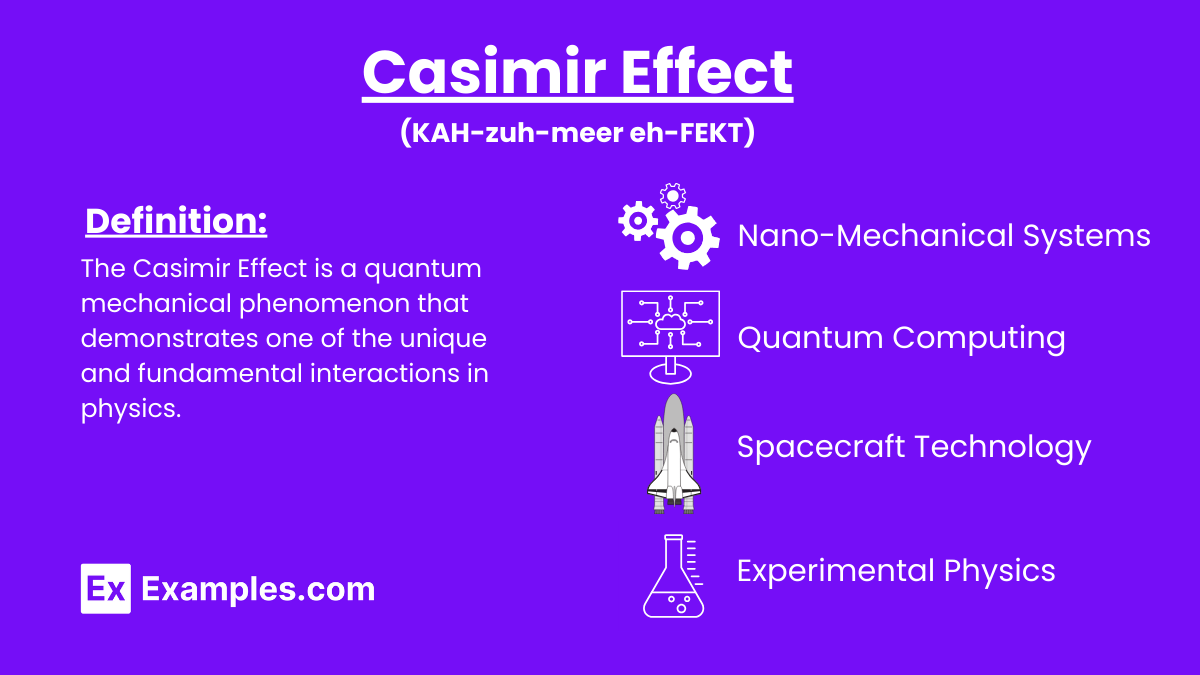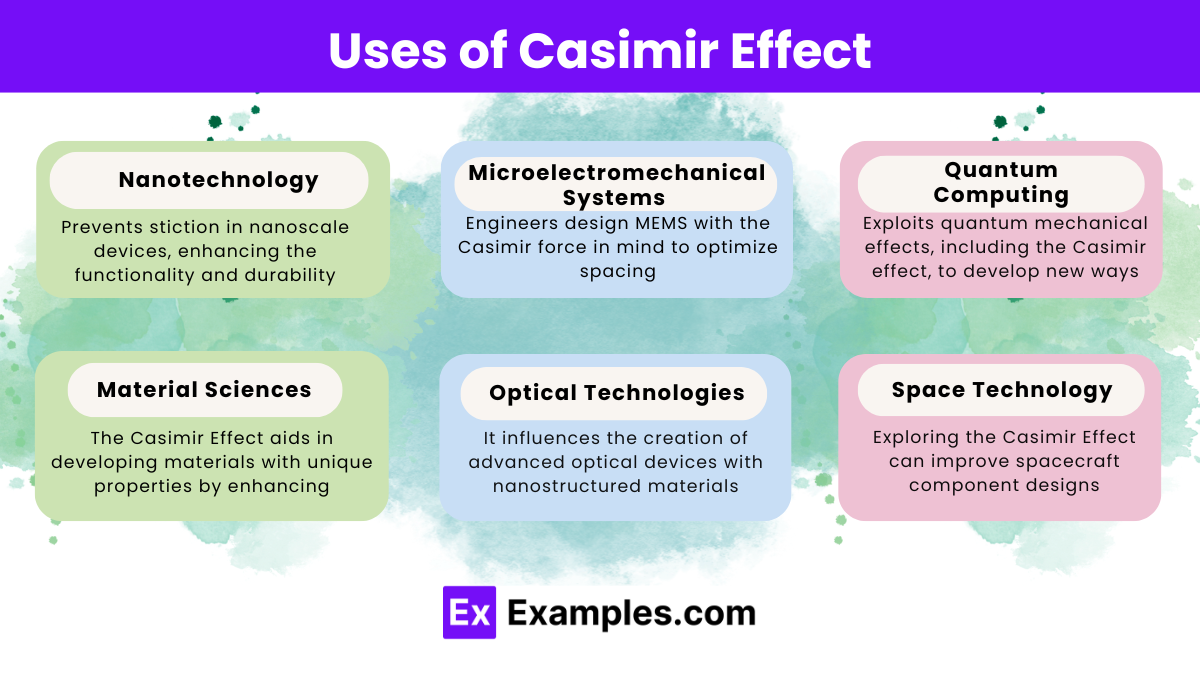What does the Casimir effect primarily describe?
Gravitational attraction between two objects
The force between two closely spaced conducting plates due to quantum fluctuations
The magnetic force between two magnets
The thermal expansion of materials



